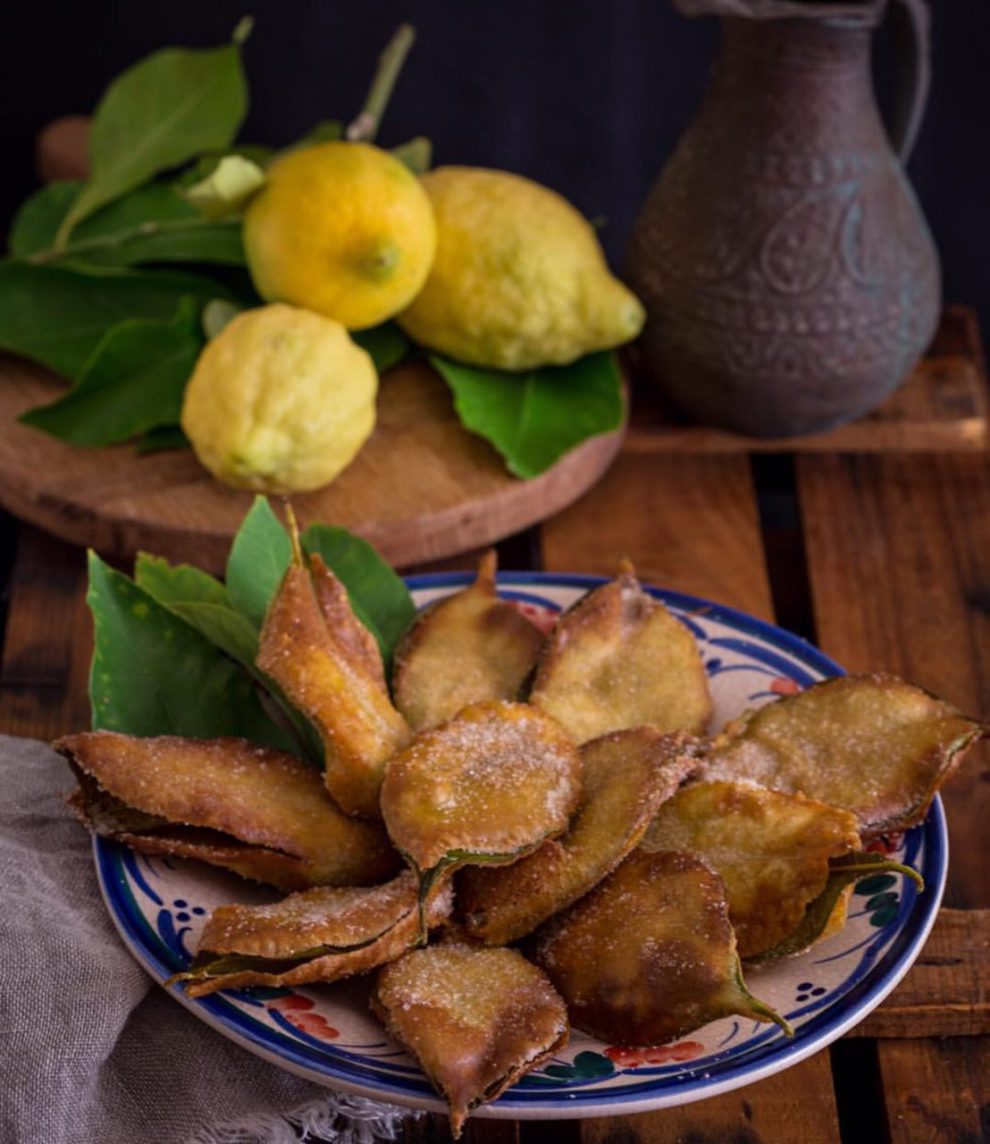In the heart of Spain's Murcia region, a unique and surprising dessert known as paparajotes has been a cherished local tradition for centuries. More than just a sweet treat, this dish is a cultural symbol, especially during the city's spring festivals.

The secret to paparajotes lies in a single, unassuming ingredient: the fresh leaf of a lemon tree. This leaf is not meant to be eaten, but rather serves as the vessel for a rich, sweet batter. The leaf is dipped into a dough made from a simple mixture of flour, eggs, milk, and yeast, often enhanced with a hint of lemon zest. Once coated, the leaf is then deep-fried until the batter turns golden and crispy.
The real magic happens during the frying process. The heat gently infuses the batter with the subtle, aromatic citrus oils from the lemon leaf, creating a flavour that is both sweet and fragrant. After frying, the warm, puffy fritter is generously dusted with a mixture of cinnamon and powdered sugar.
Eating a paparajote is a delightful ritual. The fried leaf is picked up by its stem, and the crispy, sugary batter is scraped off with the teeth, leaving the leaf behind. This playful act is part of the tradition, and tourists are often teased into thinking they should eat the leaf itself—a common and good-natured prank.

While paparajotes are a star attraction during Murcia's spring and September fairs, they are also a homemade dessert, passed down through generations. They are best enjoyed immediately after frying, when they are at their warmest and crunchiest, often paired with a cup of coffee, a glass of sweet wine, or a local herb liqueur. This unique Murcian delicacy is a testament to the region's creativity and its profound connection to the rich citrus groves that define its landscape.